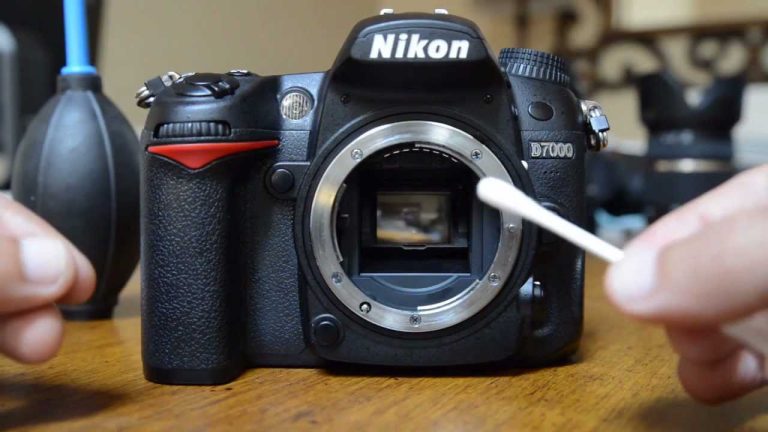How Long Do Trail Camera Batteries Last in 2022?
The best thing about trail cameras is that they are always ready to capture the footage whether it’s day or night. But the camera is dead when the battery is dead.
Maybe, by now you get the idea of the topic of this article which is how long do trail camera batteries last.
Average Life of a Trail Camera’s Batteries
On average, trail cameras capture 15000 to 20000 pictures. The average life span of its batteries is 8 to 12 months. Battery life is greatly affected by some factors including shooting video, night shooting which requires use of LEDs, trigger delay, video shooting, and temperature.
How Long Do Trail Cameras Batteries Last on Videos
To tell how long do trail camera batteries last on videos is almost impossible. Here battery type plays a crucial role. After that comes temperature, night shooting, and video resolution.
How Long Do AA Batteries Last in A Camera
According to an estimate, almost 50 million batteries are changed in whole years. Getting most of batteries is a concern for every camera user.
If you are thinking of changing your trail camera batteries then you must know your options. Almost 90% of trail cameras are operated on AA batteries and they have three main types. But how do AA batteries last in a camera is our concerned topic and that’s what I am going to discuss below.
STANDARD ALKALINE
Despite the fact that most manufacturers now provide a premium alkaline option (energizer max, etc.), they still have a very short lifespan when compared to their lithium or rechargeable batteries. A set of alkaline AA batteries will typically survive for no more than 7,000–9,000 images, however, every camera and configuration is different.
NIMH RECHARGEABLE
The fact that rechargeable batteries can be reused is undoubtedly their greatest benefit. A quality set of NiMH batteries may be charged over 1,000 times before they begin to wear out, therefore this represents a significant cost reduction. Just three charges are required to justify the additional up-front expense.
NiMH batteries perform worse in low drain applications like trail cameras despite having a higher overall capacity than alkaline due to their relatively high self-discharge rate. Whether you take a lot of pictures or not, they usually entirely discharge from the time you insert a new set in about 90 days. That usually isn’t a problem if you take a lot of pictures rapidly and are accustomed to swiftly depleting your batteries.
LITHIUM
The capacity of a lithium battery is greater than any other AA cell on market. They weigh three times as much as alkaline batteries and fifty percent more than rechargeable NiMH cells. That justifies the increased upfront expense.
In comparison to alkaline batteries, you can typically receive more than three times the amount of battery life with lithium batteries without sacrificing performance. This is a crucial point to convey.
Are Rechargeable Batteries Good for Trail Cameras?
Rechargeable batteries are not usually recommended by most professionals due to several reasons that are listed below:
There is not enough voltage as trail cameras normally run on 8 batteries and are either a 6V or, more frequently, a 12V system, requiring at least 1.5V from each cell. Rechargeable batteries have a voltage of only 1.2V per battery. This means that the majority of rechargeable batteries won’t have enough power to operate camera traps effectively. They might turn camera on and perhaps let it record during day, but a night-time recording will be problematic because that’s when LEDs are needed and they use most power.
If you decide to use rechargeable batteries in trail camera then you should be prepared to get depleted performance with loss in detection range, reduce brightness of IR LED brightness, and slow trigger speed.
You should especially avoid rechargeable batteries if you record more night-time footage. Also, they are not appropriate if trail camera is being used for research purposes,
It is also not recommended to use rechargeable batteries if you are going to leave your camera for a long time in field.
Also, in situations where you cannot miss a trigger, then I would recommend not using rechargeable batteries at all.
It is also worth mentioning that rechargeable batteries lose a part of their capacity every time they are being charged. It means that eventually there will not be enough juice for night-time operations.
After about 9 to 12 months, you are going to have to replace these batteries. But the question is Lithium batteries also need to be changed after same period of time, then why pay extra for same period?
Well, to answer your question, they may be operational for same amount of time, but their performance is much better as compared to rechargeable batteries.
FAQS
How Long Do Batteries Last in A Muddy Trail Camera?
A muddy trail camera would survive 1.6 months in the field on a set of 8 AA Lithium Batteries if it took 15 daytime images and 15 night time pictures per 24 hours. This is really subpar for a cellular trail camera.
What Batteries Last the Longest in Trail Cameras?
If we compare lithium, alkaline, and NiMH batteries then lithium is, without any doubt, the longest lasting battery in a trail camera.
Can I Use Lithium Batteries in My Trail Camera?
Yes, you can use lithium batteries for trail cameras, because their performance as compared to their counterparts is best.
Only downsides are they being expensive and non-rechargeable.
How Often Should You Change Batteries in A Trail Camera?
It is rather a difficult question to answer. Every kind of battery depletes in its respective time. Also, it depends on the setting on which trail camera is performing.
An easy thing to do is keep your trail camera in check especially when batteries said amount of ending time is near.
Also, if you will keep track of your trail camera. Then you will easily catch depreciating performance, which indicates poor battery life and the need for change in batteries.





![What Is The Best Brand Of Trail Camera? [Invention of Trail Cameras]](https://cameraslife.com/wp-content/uploads/2022/10/website-image-7-768x402.png)
![How Do Cellular Trail Cameras Work [ Complete Guide in 2023]](https://cameraslife.com/wp-content/uploads/2022/10/website-image-8-768x402.webp)
